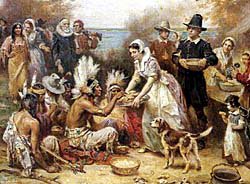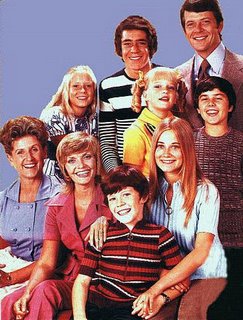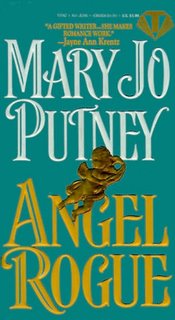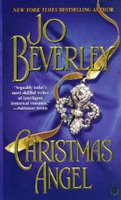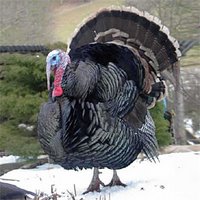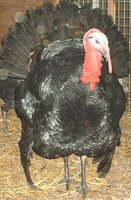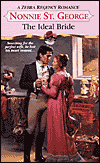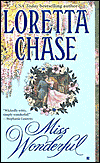
Continuing my sewing theme from last week, I am going to provide a few links for finding period fabrics and accessories.
Fabrics aren’t that hard if you know what you are looking for. If you know something about period fabrics, you are ahead of the game.
The best way of getting an idea what fabrics of the time were like is to look at real Regency gowns. There are sites on the internet—unfortunately, Cathy Decker’s Regency site is on the fritz again ( http://hal.ucr.edu/~cathy/reg3.html ) but there are others where pictures of real gowns can be found, as the Kent State University Museum:
http://dept.kent.edu/museum/costume/bonc/3timesearch/tsnineteenth/1800-1829/1800-1829.html
There are samples of fabrics also on Jessamyn’s Regency Costume Companion site, which also happens to be an invaluable resource when considering your first costume.
Jessamyn’s Regency Costume Companion on fabric:
http://www.songsmyth.com/fabric.html 
You can look for vintage costume sellers on line, if not for clothing to buy, but to peruse for research.
http://www.meg-andrews.com/
Once you have an idea what type of fabric you need, you can find the right kind of cotton print, for instance, in a Joann’s Fabrics. Here are some sources that offer more specialized fabrics including vintage reproductions:
http://www.farmhousefabrics.com/
http://www.reproductionfabrics.com/index.php?
Now, for the trimmings: Accessories
Austentation—hats, reticules, and research too:
http://www.austentation.com/home.html
Ostrichs on Line—feathers, fans, Masks…
http://www.ostrichesonline.com/index.html
A site with a shop for various items including US Civil War and Victorian costume, but many items could be used for the Regency as well, including the ladies’ corsets. Click Victorian clothing, then Ladies (if you are a lady!) to see the choices.
http://www.ushist.com/index.html
Frederick’s of Hollywood for their renaissance corset, which creates the “right line” for a Regency lady (unless you are undressing in public, no one will know it isn’t fully ‘period’!)
http://www.fredericks.com/product.asp?catalog%5Fname=Holiday2002&category%5Fname=Corsets%2DIntimate+Fashion+Styles&product%5Fid=50640
 Check wedding gown suppliers for things like flat shoes (dyeable) and long gloves. Certain flat dance shoes can double for Regency shoes as well. Lastly….you all know this…there is Ebay.
Check wedding gown suppliers for things like flat shoes (dyeable) and long gloves. Certain flat dance shoes can double for Regency shoes as well. Lastly….you all know this…there is Ebay.
Ebay is where I have found the classic Javamar shawl (NOT in pure cashmere, but close enough, with the woven pattern and length that wealthy Regency Ladies used with their gowns), reproduction Georgian jewelry, vintage hats, vintage fans, long leather gloves and vintage style fabrics. I have also done searches for parasols and walking sticks.
I am stopping here…I am somewhat limited by being on a newer computer, and I have not yet found a way to copy my shortcuts from my old computer onto this one. (Somehow I can’t copy my old, huge favorites file to disk—sigh). But hopefully this helps you on your costume venture.
Laurie

